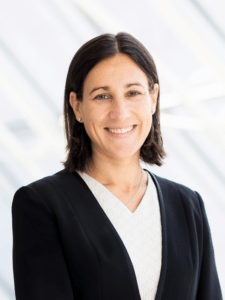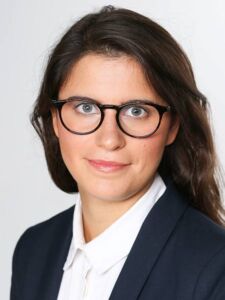Competence Center Strategy Processes and Corporate Transformation
This Competence Center focuses on the factors that determine the formation of strategies at the analysis level of groups, functions, companies and networks. The field is built on various theories, including intra-organizational evolution, limited rationality, power, politics, organizational learning, socio-cognitive theory or organizational contingency theory. Research flows cover a wide range of phenomena, including strategic planning, strategic decision-making, strategy implementation, strategic change and renewal, consensus, policy and power in strategy building, the role of organizational actors in strategy building and comprehensive strategy-building model development.
Furthermore, we strive to produce and share new ideas and insights about organizations. Our goal is to identify and exploit the opportunities of new digital technologies, new regulations, new markets, new customer profiles and business practices. We focus on processes of companies and organizations of all kinds, regardless of age, size, geographic scope, social direction, profit orientation or ownership.
Competence Center Management
Prof. Dr. Johann Peter Murmann
Johann Peter Murmann is Professor of Strategic Management and AGSM Fellow at the UNSW Australia Business School.
Prof. Dr. Tomi Laamanen
Tomi Laamanen is a chair holder and professor of strategic management at the University of St.Gallen.
Prof. Dr. Omid Aschari
Omid Aschari is Managing Director of the Master in Strategy and International Management (SIM-HSG) at the University of St.Gallen since its inception in 2003.
Bücher und Fachartikel
Our partners






More information about coorperations
Currently no further information is available. We will supplement these constantly. If you have an inquiry, please contact Erwin Hettich.
The UNISG System Dynamics Group (SDG) is a research group at the Institute for Business Management at the University of St. Gallen, which is dedicated to complex dynamic systems modeling, simulation and steering. It dates back to relevant research and teaching activities of the mid-eighties.
System dynamics differs from other methods of complex issues analysis by mapping feedback structures that can be used to detect system-inherent nonlinearities. Furthermore, delays as well as probability functions are important for the simulation because they significantly influence complex systems’ nonlinear behavior.
For more information please click the following button:

